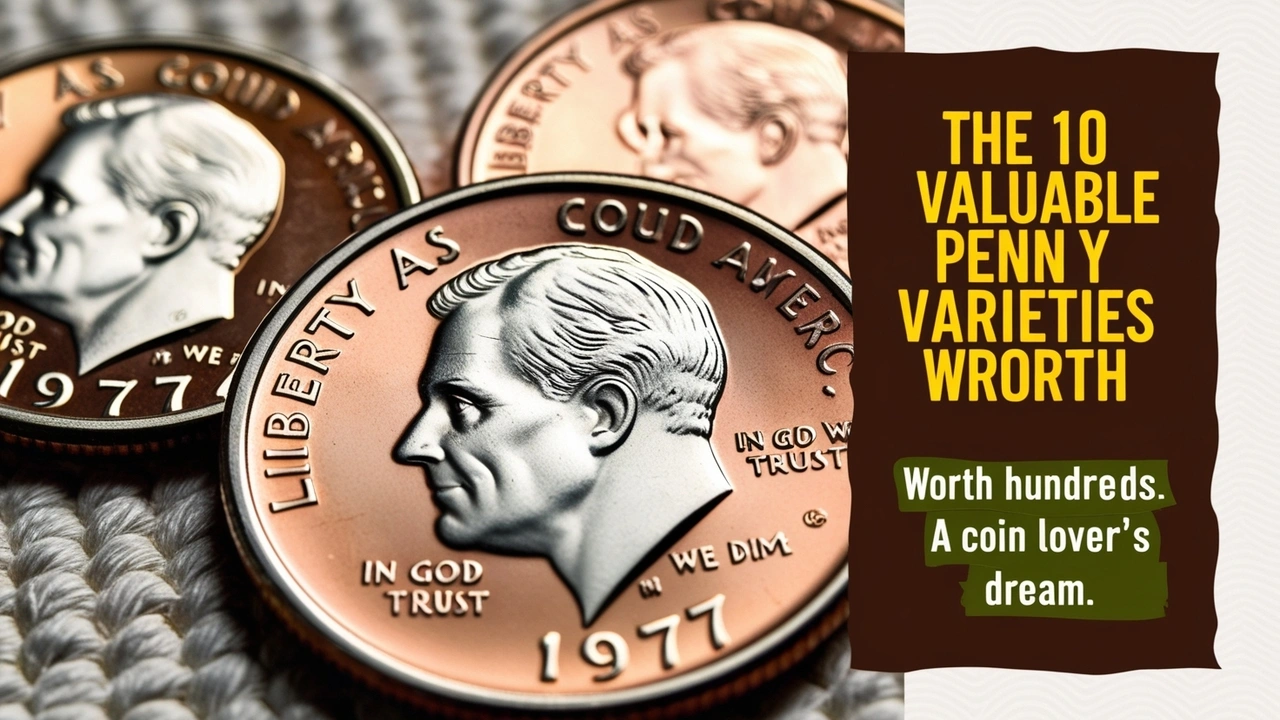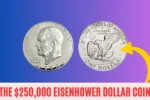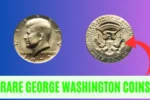Coins pass through our hands every day without much thought—especially dimes. But what if one of those dimes in your pocket change was worth far more than its 10-cent value? Among these everyday coins, there are hidden treasures—dimes that collectors dream about because of their rarity, unique errors, or fascinating history.
In this article, we take a closer look at some of the most valuable dimes ever found in circulation. You’ll discover what makes these coins so special, how they were uncovered, and why they remain the ultimate find for coin collectors and enthusiasts alike.
Overview of the Most Valuable Dimes
| Dime | Year | Notable Feature | Estimated Value | Why It’s Valuable |
|---|---|---|---|---|
| 1894-S Barber Dime | 1894 | Extremely low mintage (only 24 made) | Up to $1.9 million | Rarest U.S. dime ever produced |
| 1968 No-S Proof Dime | 1968 | Missing “S” mint mark | $20,000–$48,000 | Rare error proof coin |
| 1982 No-P Roosevelt Dime | 1982 | Missing “P” mint mark | $200–$3,000 | Circulation error with high demand |
The Astonishing Tale of the 1894-S Barber Dime
The 1894-S Barber Dime is perhaps the most famous U.S. coin—one with a story as captivating as its value. Only 24 of these dimes were produced at the San Francisco Mint in 1894. It’s believed they were minted either as gifts for high-ranking officials or to balance the Mint’s books. To add to the mystery, there are rumors suggesting they were specially created for influential bankers.
Today, fewer than 10 of the original 24 Barber Dimes are believed to exist. One of these rare coins was sold for a staggering $1.9 million at auction in 2016. While it’s nearly impossible to find one in circulation, the tale of the 1894-S serves as a reminder that even the smallest of coins can be priceless treasures.
The Rare and Mysterious 1968 No-S Proof Dime
Proof coins are typically made for collectors and are crafted with exceptional detail. They also include mint marks to show where they were produced. However, in 1968, a small batch of proof dimes was accidentally struck without the “S” mint mark. This error has made the 1968 No-S Proof Dime one of the most sought-after coins by collectors.
These error coins are incredibly valuable, with a flawless example fetching upwards of $48,000 at auction. While proof coins usually aren’t found in circulation, their rarity and the unique nature of this error make them a perfect example of why collectors carefully examine even the most ordinary coins.
The 1982 No-P Roosevelt Dime: A Circulation Find
The 1982 No-P Roosevelt Dime is one of the few rare coins still occasionally found in circulation. This error coin was struck without the “P” mint mark, making it a rarity. The omission of the mint mark is the first of its kind in decades, and as a result, the 1982 No-P Roosevelt Dime has become a prized find among coin collectors.
While not as rare as the 1894-S Barber Dime, the 1982 No-P Roosevelt Dime can still be worth between $200 and $3,000, depending on its condition. Because this coin was circulated, it’s one of the few high-value dimes you might actually find in your pocket change.
What Makes Dimes Valuable?
The value of a dime can be influenced by several factors:
- Rarity: The fewer coins produced, the more valuable they become.
- Errors: Dimes with mistakes—such as missing mint marks or incorrect designs—can become highly desirable.
- Condition: Coins that are in pristine, uncirculated condition are worth far more than those that are worn or damaged.
- Historical Significance: Coins linked to important events or figures can attract collectors due to their unique backstories.
How to Spot Valuable Dimes in Circulation
If you’re hoping to discover a hidden gem among your dimes, you’ll need to keep an eye out for these key features:
- Examine Mint Marks: Missing or unusual mint marks are often indicators of rare coins.
- Check the Year: Certain years, such as 1894, 1968, and 1982, are known for their rare dimes.
- Inspect the Condition: Coins with minimal wear or damage will be worth more.
- Research the Coin: Use guides, books, or online resources to learn more about specific dimes and their values.
Where to Sell Rare Dimes
If you believe you’ve found a valuable dime, there are several ways to sell it:
- Professional Coin Dealers: Experts in coin valuation who can appraise and purchase your dime.
- Online Marketplaces: Websites like eBay or numismatic platforms allow you to reach global collectors.
- Coin Auctions: Auctions—both online and in person—are ideal for selling rare and high-value coins.
- Local Coin Shows: Attending coin shows lets you interact with collectors directly and sell your coin face-to-face.
Valuable Dimes That Might Be in Your Pocket Right Now
Here are some dimes to look out for in your pocket change:
- 1982 No-P Roosevelt Dime: Still found in circulation, this error coin lacks the “P” mint mark, making it highly collectible.
- Other Error Coins: Look for unusual features like double strikes, off-center designs, or missing details that might signal rarity.
Frequently Asked Questions About Valuable Dimes
How can I tell if my dime is valuable?
Look for unusual traits such as missing mint marks, rare dates, or errors. You can also consult a coin expert for an accurate appraisal.
What should I do if I find a rare dime?
Handle it carefully, store it in a coin holder to prevent damage, and have it appraised by a professional.
Are valuable dimes still found in circulation?
Yes, while rare, coins like the 1982 No-P Roosevelt Dime still occasionally show up in pocket change. Keep checking!
Where can I sell a valuable dime?
You can sell your rare dime to coin dealers, through online marketplaces like eBay, at coin auctions, or at local coin shows.
Final Thoughts
Dimes may seem like insignificant coins, but they can be worth far more than you might imagine. From the legendary 1894-S Barber Dime to the circulation rarity of the 1982 No-P Roosevelt Dime, these small coins hold fascinating stories and incredible value. So the next time you get some change, take a closer look—you might just be holding a fortune in your hands.



